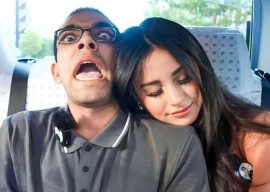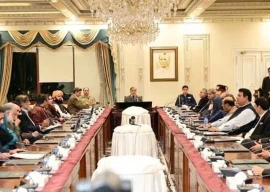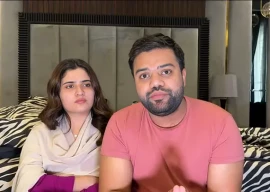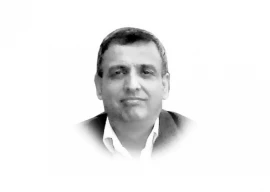
Every year almost eight million children with entirely preventable diseases never make that special 5th birthday. And all too often the lack of a simple needle — your everyday baby check-up and immunisations — is the reason why.
Dead for the want of an inoculation.
These deaths occur overwhelmingly in developing countries, denying children a life, parents the joy of a growing child and nations their future.
But while the task of delivering routine child immunisation equitably across the globe is easier to say than done, it is within our grasp.
Over the past 10 years, the Global Alliance for Vaccines and Immunisation (GAVI) working with stakeholders such as governments and health services, private philanthropists, civil society and multilateral organisations, has started making inroads. The results speak for themselves.
Since its establishment in 2000, GAVI has funded vaccinations that are estimated to have saved over five million lives. Through innovative funding arrangements, GAVI has been able to reduce the price of vaccines to a fraction of their cost, and with GAVI’s support, vaccines are becoming available almost simultaneously in both developing and developed countries.
How does this work?
One way that GAVI draws on private-sector thinking and new partnerships is to borrow on capital markets against legally-binding commitments by donor countries to generate more money in the shorter term for GAVI’s programmes. Since GAVI launched its International Finance Facility for Immunisation in November 2006, it has raised $3 billion — a stunning success.
GAVI and its health partners also negotiate hard with big pharmaceutical suppliers to change their business model to invest in what GAVI is turning into a longer-term, commercially viable market — a market that purchases lives on an unprecedented scale.
Now the call for pledges is going out to businesses and governments again — the goal is a further $4 billion over the next 10 years, and the promise of an additional four million lives saved by 2015. The Australian Government and the Gates Foundation will be making pledges. We do this because GAVI delivers results.
GAVI has also inspired new partnerships. Australia is working closely with the Gates Foundation, as well as the United Kingdom and the World Health Organisation, to tackle a major threat to child and maternal health — malaria in the Mekong region.
Recently malaria resistant to artemisinin — the key component of the most effective malaria drugs — has appeared in the Thai-Cambodia border region and parts of Burma.
Our collaboration on containment efforts in the absence of a replacement drug are vital for preventing this resistance from spreading across Southeast Asia and potentially to Africa. The nature of disease means that we cannot take a narrowly parochial approach — we must turn our efforts to where they are needed most.
Through GAVI and the partnerships that are growing from it, we are able to dramatically expand the reach and impact of our aid. But we still have a long way to go. 1.7 million children die every year from vaccine-preventable diseases. We cannot allow as simple a solution as child immunisation to elude us.
Published in The Express Tribune, June 13th, 2011.

































-(1)1714378140-0/AliAminMaryam-(4)-(1)1714378140-0-270x192.webp)








COMMENTS (1)
Comments are moderated and generally will be posted if they are on-topic and not abusive.
For more information, please see our Comments FAQ